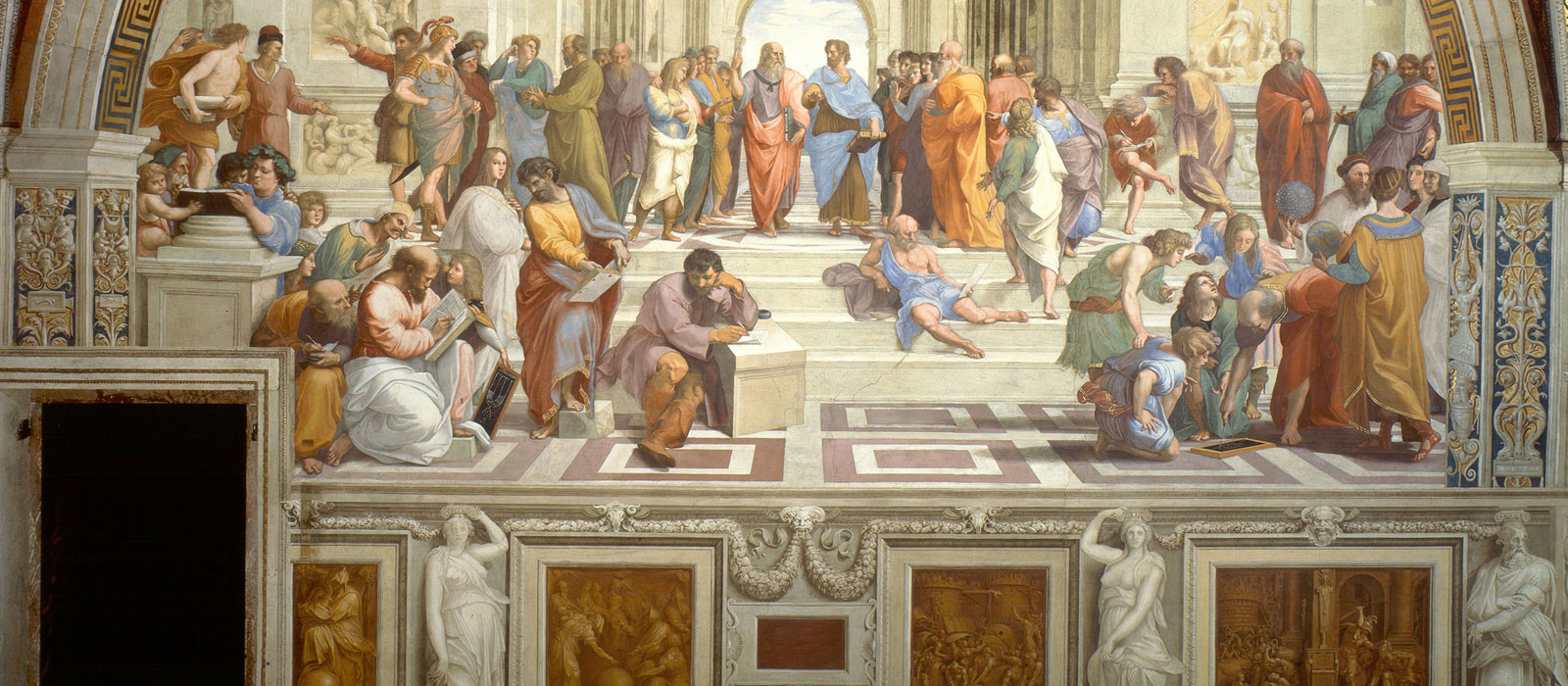Course Outlines for 2024-2025
Course outlines will be available in mid-August and posted as they become available.
Please refer to course descriptions and archived course outlines.
4th Year HUMS Seminar Descriptions Fall Winter 2024/2025
HUMS 4902B/ENGL 4301/ENGL 5303 (Winter Term): Tudor Queens
Professor Micheline White
Renaissance queens have long fascinated the reading public, but their political power and literary writings have only recently become the objects of academic study. In this seminar, students will develop an in-depth understanding of three Renaissance queens who made the most of their unusual social status and made lasting contributions to English culture. In this course, we will explore early modern attitudes towards the concepts of a “queen consort,” a “queen regent,” a “queen regnant” and a “dowager queen,” and we will focus on three English queens’ textual and visual productions including speeches, published prose works, diplomatic letters, poetry, translations, and portraits. Students will be introduced to early modern paleography and book history. Those who wish can also explore digital versions of manuscript writing. We will also consider the depictions of these queens in recent films and TV programs.
HUMS 4903A (Fall Term): Nietzsche and Zarathustra
Professor Geoffrey Kellow
This seminar will explore three of Friedrich Nietzsche’s later works, Twilight of the Idols, Thus Spoke Zarathustra and Beyond Good & Evil.
HUMS 4903B/RELI 4850/RELI 5850 (Winter Term): Hermeneutics: Interpreting texts
Professor Noel Salmond
Large-scale religious traditions generally rely on texts regarded as sacred scripture. But how are we to understand what these texts mean? This seminar examines modes of understanding internal to religious traditions (both Western and Asian) while also examining philosophical thinking concerned with the whole question of interpretation (hermeneutics) extending beyond religion to include literary theory. Our purview extends to texts of that broader canon referred to as “Great Books” and may extend to works of visual art or symbolism. We will be guided by a rubric of did, has, and could. What did the text mean originally in the intent of its original composers? What has the text meant according to commentators over its history of reception? Finally, what could the text mean for us today? This last question is clearly different from the previous two and is located at, or beyond in some perspectives, the frontier of scholarly endeavor. We will examine a range of case studies from a variety of traditions, genres, and historical periods and students will develop their own case study into a final presentation and paper.
